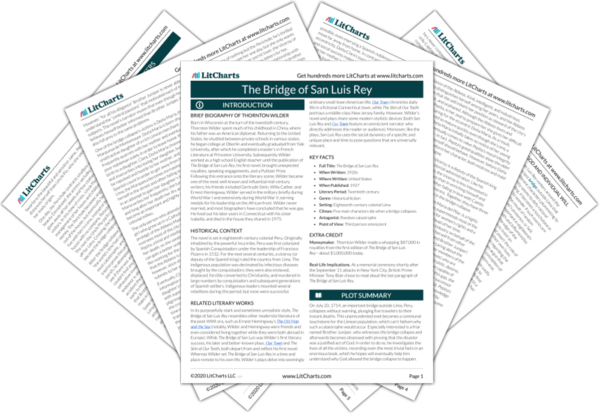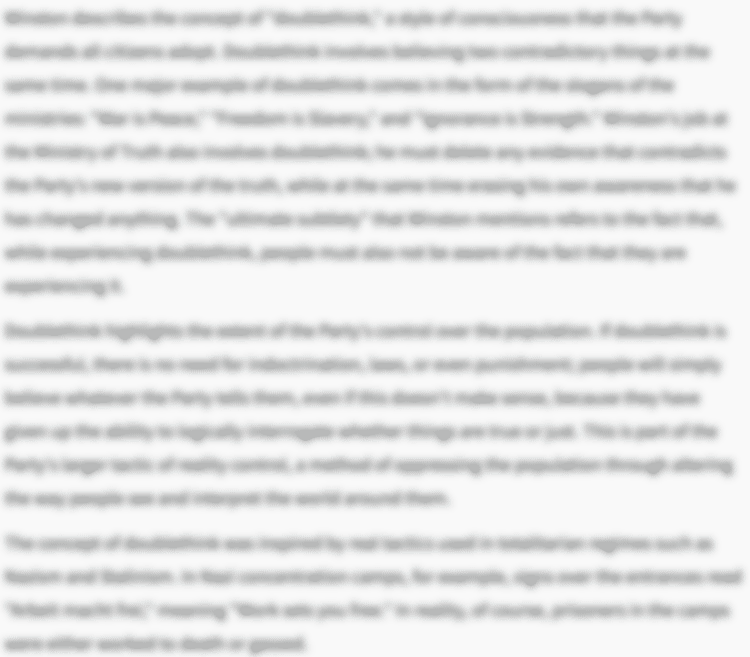Doña Clara / Condesa Clara Quotes in The Bridge of San Luis Rey
At times, after a day’s frantic resort to such invocations, a revulsion would sweep over her. Nature is deaf. God is indifferent. Nothing in man’s power can alter the course of law. Then on some street-corner she would stop, dizzy with despair, and lean against a wall would long to be taken from a world that had no plan in it.
She was listening to the new tide of resignation that was rising within her. Perhaps she would learn in time to permit both her daughter and her gods to govern their own affairs.
“All, all of us have failed. One wishes to be punished. One is willing to assume all kinds of penance, but do you know, my daughter, that in love—I scarcely dare say it—but in love our very mistakes don’t seem to be able to last long?”

Doña Clara / Condesa Clara Quotes in The Bridge of San Luis Rey
At times, after a day’s frantic resort to such invocations, a revulsion would sweep over her. Nature is deaf. God is indifferent. Nothing in man’s power can alter the course of law. Then on some street-corner she would stop, dizzy with despair, and lean against a wall would long to be taken from a world that had no plan in it.
She was listening to the new tide of resignation that was rising within her. Perhaps she would learn in time to permit both her daughter and her gods to govern their own affairs.
“All, all of us have failed. One wishes to be punished. One is willing to assume all kinds of penance, but do you know, my daughter, that in love—I scarcely dare say it—but in love our very mistakes don’t seem to be able to last long?”











